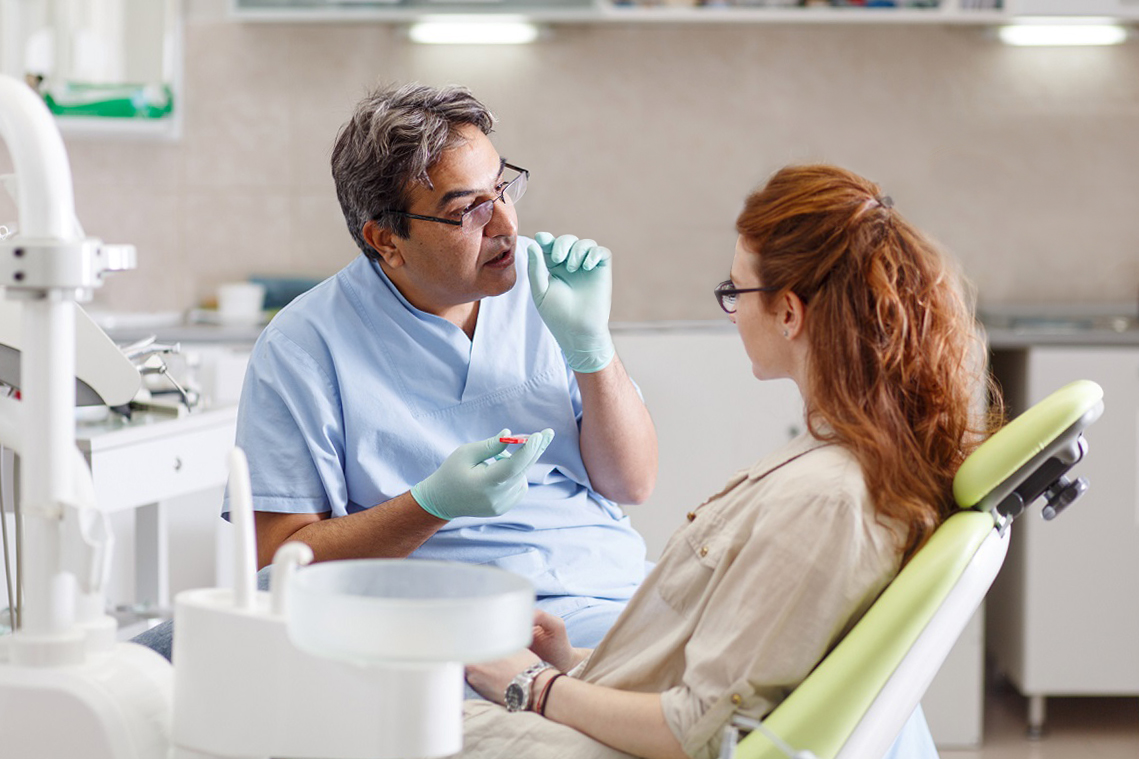Some Known Incorrect Statements About Legacy Orthodontics
Some Known Incorrect Statements About Legacy Orthodontics
Blog Article
Getting My Legacy Orthodontics To Work
Table of ContentsEverything about Legacy OrthodonticsGetting My Legacy Orthodontics To WorkSome Known Details About Legacy Orthodontics The Ultimate Guide To Legacy OrthodonticsThe Single Strategy To Use For Legacy Orthodontics
In addition, we supply adjustable treatment timetables, versatile settlement choices and a fun, pleasurable experience.An orthodontist is a dental practitioner trained to identify, prevent, and treat teeth and jaw irregularities. Orthodontists function with individuals of all ages, from kids to adults.
Malocclusion, or misaligned teeth, can bring about oral problems, including tooth decay, periodontal disease, and difficult or uncomfortable chewing. Yet not everybody is birthed with straight teeth. If you have a bad bite or big spaces in between your teeth, you might wish to get in touch with a dentist focusing on orthodontic treatment.
Little Known Facts About Legacy Orthodontics.
( Photo Credit Score: DigitalVision/Getty Images) Orthodontists make use of taken care of and removable dental tools, like braces, retainers, and bands, to transform the setting of teeth in your mouth. Orthodontic treatment is for oral abnormalities, including: Misaligned teethBite issues, like an overbite or an underbiteCrowded teeth or teeth that are too much apartJaw misalignmentThe goal of orthodontic therapy is to boost your bite.
A healthy and balanced bite ensures you can eat, chew, and speak effectively. While you may think of orthodontists as generally for youngsters or young adults who need braces, they can deal with oral problems at any age. Orthodontists participate in college, oral school, and orthodontic school. After college graduation, they spend 2 or 3 years in an orthodontic residency program.
All orthodontists are dental practitioners, but not all dental experts are orthodontists. Orthodontic residency programs use intensive, concentrated guideline for oral specialists. They focus on two locations: Just how to properly and securely move teeth How to appropriately lead development in the teeth, jaw, and faceOnce an orthodontist has completed training, they have the choice to come to be board certified.
The smart Trick of Legacy Orthodontics That Nobody is Discussing
Malocclusion leads to tooth overcrowding, an irregular jaw, or uneven bite patterns. Malocclusion is normally treated with: Your orthodontist attaches steel, ceramic, or plastic square bonds to your teeth.
Some people need a headwear to aid move teeth right into line with pressure from outside the mouth. A retainer is a custom-made look at this site gadget that maintains your teeth in place.
They can create additional area in the mouth without having to pull teeth. Orthodontists use wires, surgical screws, or plates to sustain your jaw bone.
You might need to see an orthodontist if you have: Crowding or not adequate room for all of your teethOverbite, when your top teeth come your bottom teethUnderbite, when your bottom teeth are as well much forwardSpacing or issues with gapsCrossbite, which is when your upper teeth fit behind your bottom teeth when your mouth is closedOpen bite or an upright void in between your front bottom and top teethMisplaced midline, when the center of your bottom and top teeth don't align Dealing with an oral malocclusion can: Make attacking, chewing, and talking easierImprove the balance of our face and your general appearanceEase discomfort from temporomandibular joint disordersDifferent your teeth and make them much easier to clean, helping avoid tooth degeneration or tooth cavities It's typically a dental practitioner that initially notifications misaligned teeth throughout a routine test.
Legacy Orthodontics - Truths

During your first orthodontic examination, you'll likely have: An oral examPhotos taken of your face and smileDental X-raysPanoramic (360 level) X-rays of your face and headImpressions to produce mold and mildews of your teethThese tests will help your orthodontist know just how to proceed with your treatment. orthodontist. An orthodontist is a dental expert who's had training to treat your teeth and jaw
Orthodontists might execute surgery, exams,X-rays,and even more to assist you obtain a more comfortable, much healthier smile. An orthodontist is concentrated on your bite, so something like a broken tooth would be taken care of by a dental professional. Orthodontists are dental experts but not all dental experts are orthodontists. Orthodontists are concentrated on your bite, or the means your teeth fit with each other, and the straightness of your teeth.
Ever before asked yourself just how stars constantly appear to have flawlessly lined up teeth? Orthodontists are dental specialists that concentrate on correcting irregularities in the teeth and jaws.
The smart Trick of Legacy Orthodontics That Nobody is Talking About

While dental braces are the most frequently identified orthodontic treatment, orthodontists have a varied toolkit at their disposal. The details strategy chosen relies on the extent of the situation, the individual's age, and private preferences. These reliable dental braces utilize a system of brackets bonded to the teeth and attached by cords.
Clear aligners, like Invisalign, are a popular alternative for patients seeking a much more discreet treatment alternative. These removable trays are customized to progressively move the teeth's position. Headwear may be utilized combined with dental braces or aligners to apply additional targeted forces, specifically for dealing with jaw discrepancies. In instances of narrow jaws, palatal expanders can be made use of to produce space for appropriate tooth positioning.
Report this page